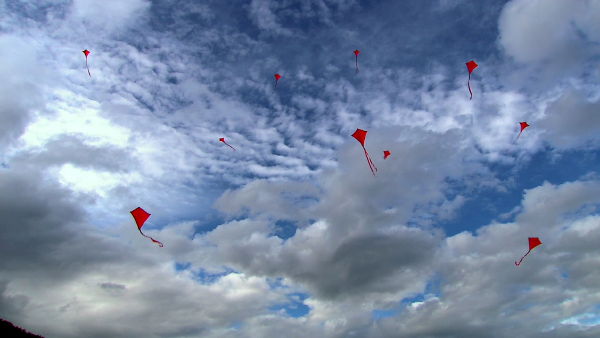With summer coming, parents are getting ready to have their kids at home ALL THE TIME! iPods, iPhones, and iPads will certainly be getting a workout with new apps. As a technology teacher, one of my pet peeves is seeing iPods loaded with nothing but mindless games. (Not that there isn't a place for them, its nice to get lost in a good game of paper toss every once in awhile!) I understand the need for games, but at the same time there are some great apps that kids can have fun with and be engaged in learning away from school. I teach elementary-aged kids so this list will target that group, however some apps can certainly be used by anyone:

1) Bugs and Buttons
Price: $2.99
Age Group: Kindergarten-1st
I learned this year that kindergarten students loved sorting! Add creepy cockroaches and bees and its all the better! This is a fast-paced, graphic-rich game of sorting, yep, bugs and buttons! Oh, there are bug races too.
2) Finger Physics
Price: $.99
Age Group: 3rd Grade and up
Balance, Puzzles, Problem-Solving, and tons of levels. Its one of those time-consuming games but in an engage-the-brain way.
3) Paper Bridge
Price: $.99
Age Group: 3rd Grade and up
Another puzzle game. This one gets tricky pretty quickly. There's a tutorial prior to level 1 that infers the idea of a "Truss Bridge". Good problem solving again!
4) Puppet Pals HD (iPad) and Puppet Pals Pocket (iPod/iPhone)
Price: Basic Edition is Free, Director's Pass is $2.99
Age Group: K-5
The basic edition provides 1 theme with characters where the director's pass provides a lot more options (not bad for $3). Kids can also create puppets out of their own photos and create their own puppet show with recorded audio. Get the imagination going with this one...lots of fun!
5) Sonic Pics
Price: $2.99
Age Group: (K-3 with guidance) 4th Grade and up
If you're going on a family vacation or just going out to the park, put the iPod to use by snapping some pictures and putting together a narrated video about it! Do your kids create stories on their own with sketched pictures? Photograph them and put them into Sonic Pics. Have them read and record their story. A great way to tell digital stories and save memories.
6) Survival
Price: Free!
Age Group: 2-5
This is probably the best free app I've seen in awhile. Created by the ARK organization for the protection of endangered species. Learn about lots of interesting animals, sharpen your reading skills, and try to survive for as long as you can! Oh yeah, this fits in really well with (at least South Carolina's) 2nd grade science standards on classifying animals (mammals, reptiles, fish, etc...)
7) Flip It!
Price: $2.99
Age Group: Kindergarten and up
Remember drawing a stick figure walking or skateboarding in the back of a notebook then continuing the motion on the next pages 'til you could flip through it? That's what this does. Add background images, colors, duplicate pages, etc... Great for sequencing and planning out stories. Plus its just a lot of fun to make animation.
8) Comic Life (iPad only) Check out Comic Touch for iPod/iPhone
Price: $4.99
Age Group: 2nd grade and up
Create full comic books telling original stories or documenting your family vacation. These developers know how to make a great app. Excellent tools, pretty straightforward to use and lots of templates to create memories.
That's it for now. Most of those are apps that we've used in our school over the last year or two. The students have really shown engagement with them and created some excellent projects. So, if you've got a phone, try out one or two (or all) of these apps with your kids over the summer. Give them a challenge then show off their work to the family when they're finished...or better yet, share it with the world!
















